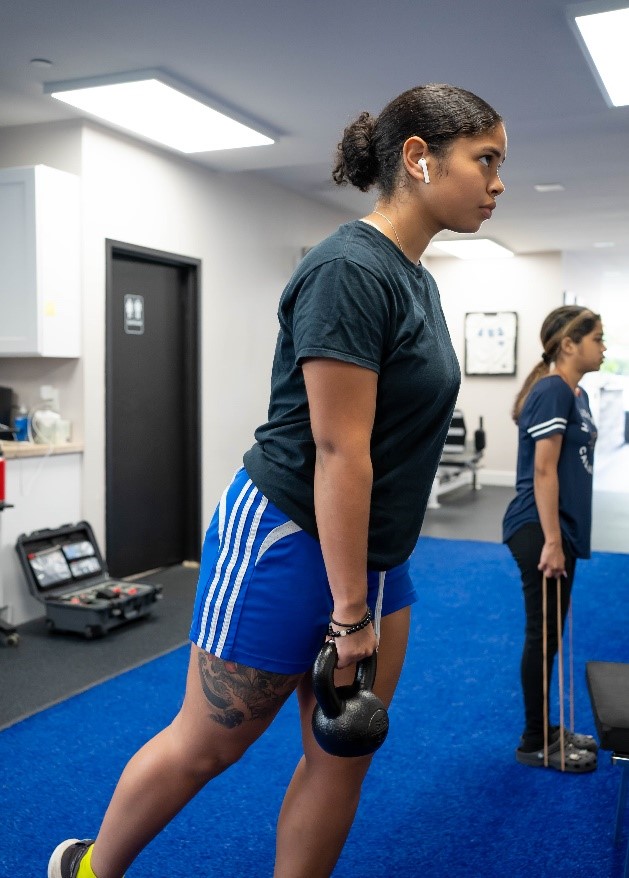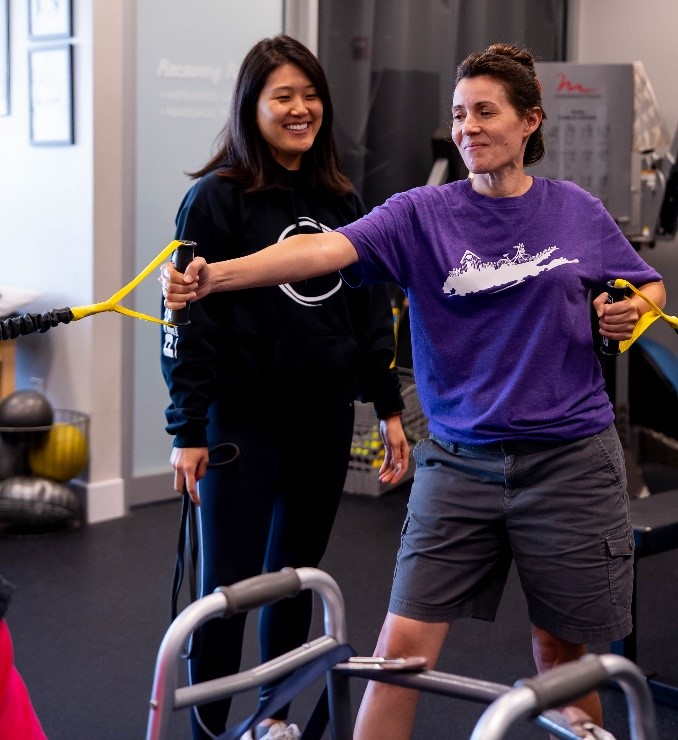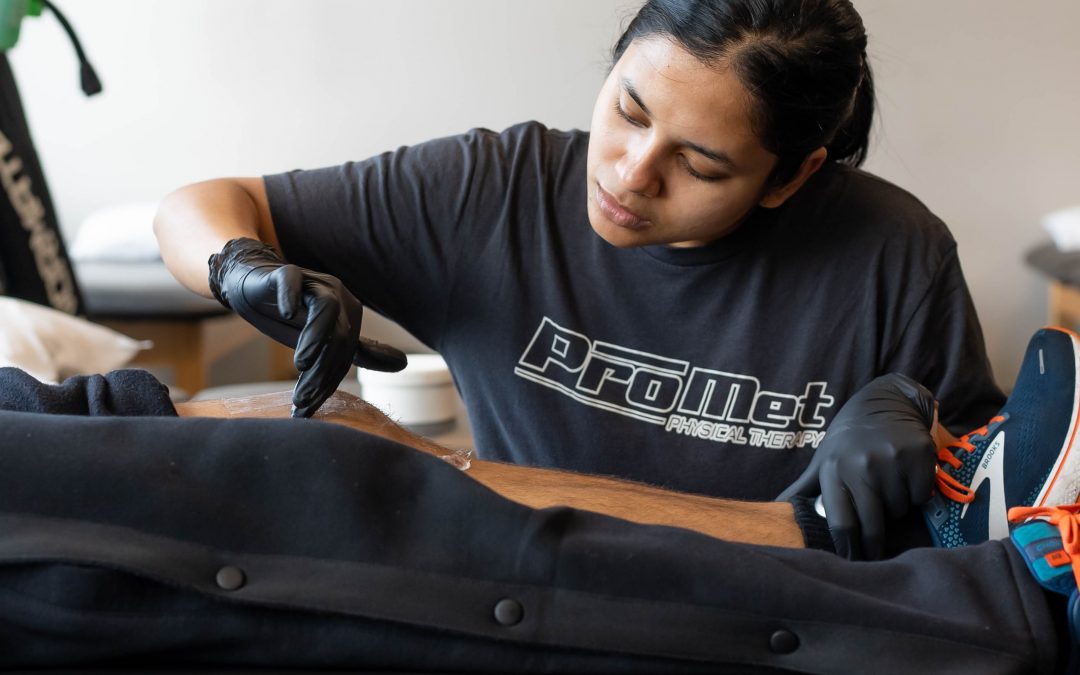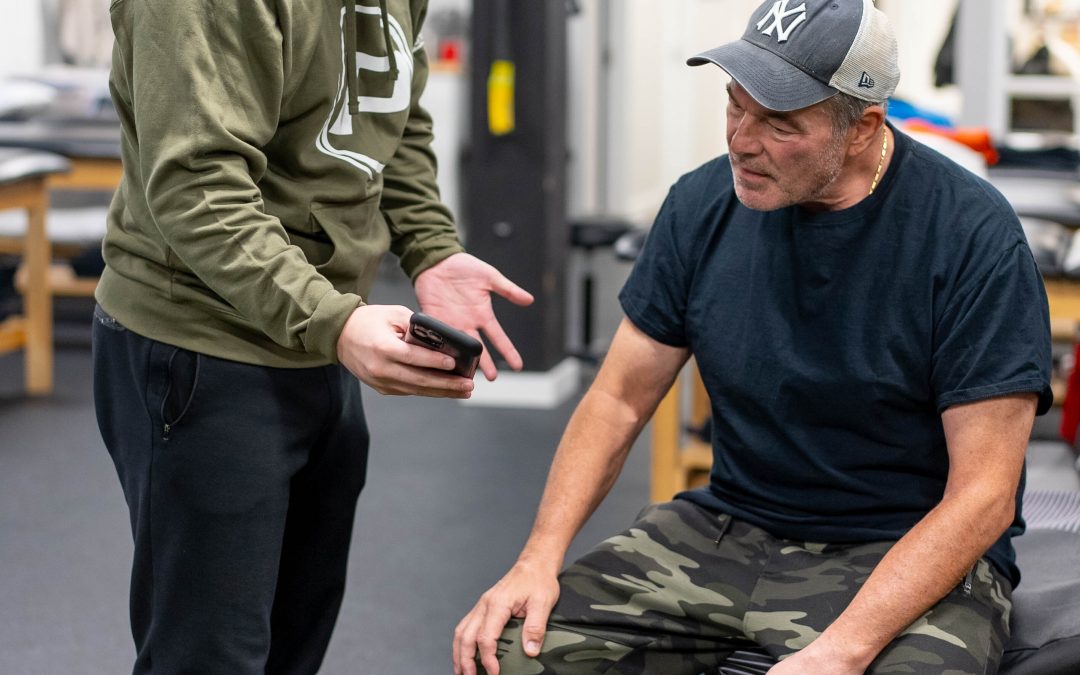Are You Struggling with the Management of Your Adolescent Idiopathic Scoliosis (AIS)?
A recent study delves into the perspectives of physical therapists, by putting all the evidence available regarding the effectiveness of physical therapy, shedding light on the most important aspects of treatment, specific interventions that work, and therapeutic goal-setting parameters, to keep patients engaged in the process, and to ensure positive long-term outcomes. In this blog, we will explore valuable insights from this research, and unravel why physical therapy and more specifically, ProMet PT stands out as your optimal choice for managing AIS. The results of the study speak for themselves…
Tailored Treatment Approaches
The study notes that physical therapists, armed with their expertise on movement and function, emphasize the importance of tailoring treatments to the individual needs of pediatric patients with AIS. This approach fits the research that interventions are never one-size-fits-all, and that they need to be carefully crafted to address the patient’s specific challenges.
What Are the Most Effective Physical Therapy Interventions for AIS?
The study highlights a triad of interventions favored by physical therapists: core and trunk stability enhancement (90.8%), abdominal strengthening (83.1%), and postural correction (80.0%). These interventions go beyond merely addressing the structural aspects of scoliosis; they work to create harmony between the spinal muscles and the extremities, to enhance the specific musculoskeletal alignment and accompanying functional deficits of the individual.

Duration and Consistency
Physical therapists advocate for a treatment frequency of 60 minutes (53.8%), twice weekly (41.5%), over 3 to 5 months (44.6%). This commitment to a structured and consistent treatment plan reflects the understanding that achieving lasting results in AIS requires time, persistence, and a carefully orchestrated rehabilitation schedule.
Setting Meaningful Therapeutic Goals
A crucial aspect of physical therapy for AIS lies in setting therapeutic goals that resonate with the patient. The study reveals that the top three therapeutic goal-setting parameters are activity-based (78.5%), quality-of-life measure-based (56.9%), and participation-based (50.8%). These parameters ensure that the focus is not solely on correcting the curvature but also on improving the patient’s overall well-being and participation in daily activities.
Comprehensive Assessment Tools
To gauge the effectiveness of interventions, physical therapists turn to robust assessment tools. The study identifies the Oswestry low back pain disability questionnaire (15.6%) and the Scoliosis Research Society-22 instrument (12.5%) as the most used quality-of-life surveys. These tools enable therapists to evaluate outcomes that are meaningful to patients, ensuring that progress is measured beyond just the physical aspect.
What Is the ProMet PT Difference?
Now that you understand the profound impact of physical therapy in addressing Adolescent Idiopathic Scoliosis, it’s time to find a team. Look no further! ProMet Physical Therapy, with three convenient locations in Queens and Long Island, provide tailored treatment approaches to AIS, delivered with measurable plans and meaningful goal setting, so that we get to know our patient’s “why” and stay focused on the heart of the matter. Call us today and find out why ProMet Physical Therapy is the right option for you, no matter where you may be in life, on your journey with AIS.




